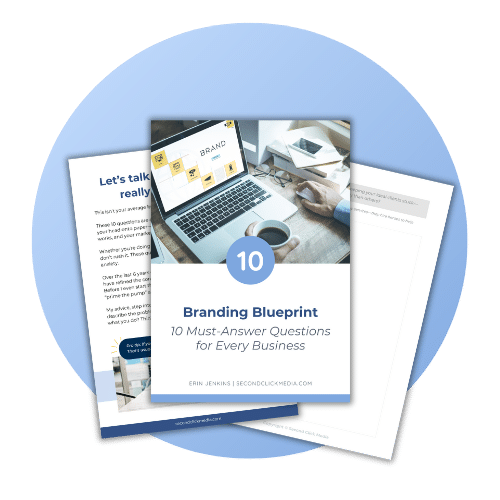In today’s digital world, having a well-designed website is essential for any business to thrive. However, a beautiful website alone is not enough to guarantee a positive user experience. To truly create a seamless experience, it is essential to understand the customer journey and map out their interactions with the website. By doing so, you can identify pain points and design a website that meets the needs of your customers.
What is Customer Journey Mapping?
Customer journey mapping pertains to the process of visually illustrating the intricate steps a customer undergoes when interacting with a business, either online or offline. The purpose of mapping the customer journey is to determine the points of difficulty and opportunities for improvement. This enables the creation of a website that caters to the needs of its clients.
The Importance of Mapping Out the Journey
The implementation of customer journey mapping can aid in the enhancement of website design by identifying problematic areas and hindrances in the user experience. By gaining insight into how clients engage with a website, a design that accommodates their needs and offers a seamless user experience can be produced. That is why we have prepared an article and free Home Page Blueprint to walk you through how to prepare and build out your home page with the customer journey in mind. This, in turn, leads to a rise in customer satisfaction, a boost in repeat business, and an increase in referrals.
Key Components of Customer Journey Mapping
Designing a website with a user-centric approach is crucial to ensure a seamless user experience. It requires focusing on the user at every stage of the design process. Key components of a user-centric design encompass easy-to-use website navigation, intuitive user flow, clear calls-to-action, responsive design, and personalized content.
Tips for Building a Framework for Your Website
- Conduct user research to understand your customers’ needs
- Map out the customer journey to identify pain points and areas for improvement
- Use design thinking to design solutions that meet the needs of your customers
- Use responsive design to ensure your website looks great on all devices
- Provide personalized content to enhance the user experience
- Use clear calls-to-action to guide users
- Check out a recent article where we walk you through the 7 steps to creating a user journey map
Clear Call to Action
As you embark on creating a seamless customer journey, it’s important to prioritize the different calls to action (CTAs) that your website offers. It’s essential to keep in mind that if the CTAs are unclear or fail to communicate the benefits to the user, they may quickly lose interest and leave your website.
Additionally, if there are too many CTAs to choose from, the user may feel overwhelmed and uncertain about which option to select. Therefore, your website should act as a guide for the user, taking them from initial interest to taking action. Consider the follow CTAs and how they play a role in your website user flow.
1. Direct call to action:
A direct call to action is a clear and specific request for the user to take a particular action, such as “Buy Now” or “Subscribe Today”. Direct calls to action are often displayed prominently on a webpage or in an email, and are designed to encourage the user to take immediate action.
2. Indirect call to action
An indirect call to action is a more subtle request for the user to take a particular action, such as “Learn More” or “Find Out How”. Indirect calls to action are often used when the user is not yet ready to take a direct action, but may be interested in learning more about a particular product or service.
3. Passive call to action
A passive call to action is a request for the user to take a particular action that is presented in a less forceful or urgent manner, such as “View Our Products” or “Explore Our Services”. Passive calls to action are often used when the user is browsing a website or email, and may not be ready to take immediate action.
4. Engaging opportunities:
Engaging opportunities are interactive experiences that encourage the user to take a particular action, such as filling out a survey or participating in a game. Engaging opportunities are often used to increase user engagement and build brand awareness, and can be a powerful tool for creating a memorable user experience.

Conclusion:
Customer journey mapping is an intricate process that involves creating a visual representation of the different stages a customer goes through when interacting with a business. This helps pinpoint areas of difficulty and potential improvement to build a website that caters to the needs of customers. To achieve a user-friendly website design, an approach that focuses on the user is crucial, incorporating easy-to-use navigation, intuitive user flow, clear calls-to-action, responsive design, and customized content. Calls-to-action are a critical aspect of the process, and the type used depends on the user’s level of readiness to take action.
That is why we have prepared a FREE gift for you! Download one of our Home Page Blueprints that includes prompts for clear calls to action so that you can present your business in a unique and compelling way. With Second Click Media, we enjoy helping our clients develop an effective customer journey, especially when it comes to building or designing websites. Reach out if you have more questions about how to translate a clear customer journey to the layout of your website. We would love to help!




